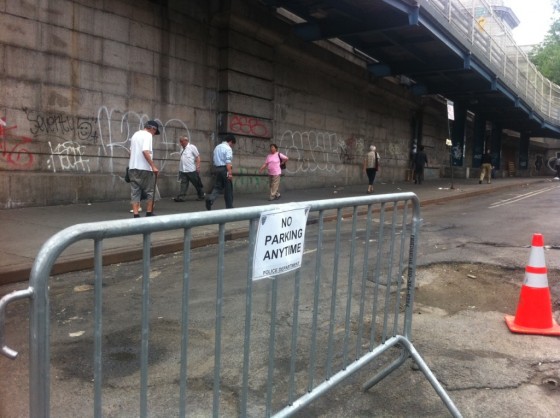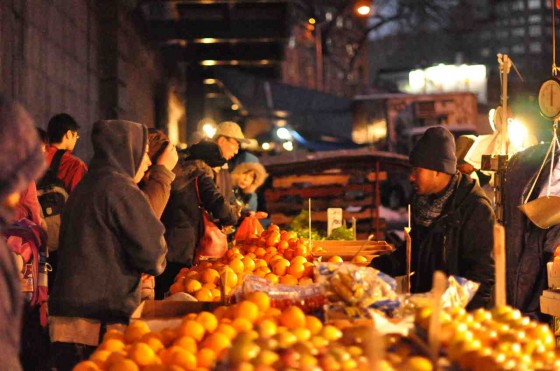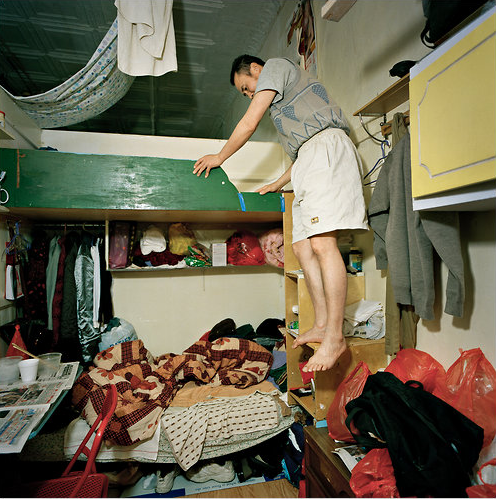What do you get when you marry gentrification with self-absorbed “creative types” and a splash of exotification?
CHUMBO! NYC’s latest “cool” neighborhood (sorry Bushwick)! Known among the common folk as uh, Chinatown or East Chinatown — new settlers (read: high-rent, non-Asian, yipsters) have taken it upon themselves to unofficially re-name their new “hood” by combining Chinatown & Dumbo to reflect it’s um, edginess. Synergy!
A recent Wall Street Journal article called “Cool Arrives in a Slice of Chinatown” gives an earnest nod to the up-and-coming CHUMBO!, saying: “Upscale restaurants such as Fat Radish and Pulqueria and nightclubs such as the soon-to-open Le Baron have popped up as the Lower East Side nightlife district spills into Chinatown, bringing with them fashionistas, expensive cocktails and new high-rise apartments” (Curbed gives a more critical angle here).
The WSJ also profiles several of the newer residents, who naturally come off like pretentious douchebags. Billy Rennekamp, a 25-year-old artist who decided to move to Bayard Street (arrrrghh!! nooo!) from Berlin, says “[Chinatown] is the last cool neighborhood on the island (Gaakk!)….the most attractive place for an artist today”. (BLARG!) “It’s a typical setting for avant-garde activity.” FFFFFUUUUU!
Yes, I can just imagine Billy being totally avant-garde by shoving his Canon EOS IDs Mark III into the face of some old Pau Pau struggling across Bayard with her sacks of groceries. White people love doing that shit. Cutting-edge cultural exposé, dude!
So who loses in all of this giddy trendiness? Low-income, longtime Asian residents of course, who due to limited English, mobility, poverty, and a host of other reasons, are severely restricted in their choice of places to live. The most obvious, and thus saddest, quote from the article is from Yan Chen, “a 19-year-old resident concerned about being able to live in the neighborhood and with people she grew up with: “Chinatown is important for Chinese people“.
What can be done to protect the ethnic integrity of a neighborhood, and thus the people whose cultural and economic well-being are dependent upon it? Community-based advocacy groups CAAAV Organizing Asian Communities and the Urban Justice Center released a report yesterday that: ...offers up an alternative vision for rezoning Chinatown and calls for the creation of a Special Zoning District around the area. “Reimaging Rezoning” is based on extensive community research…The report highlights the need for protections for residents and businesses and details how rezoning the area can curb harassment and gentrification. Read “Reimaging Rezoning: A Chinatown for Residents is a Chinatown for All” here.
via Curbed and Wall Street Journal
Thanks Char Char! Keep an eye out and a bottle of hot fish sauce for Billy!















